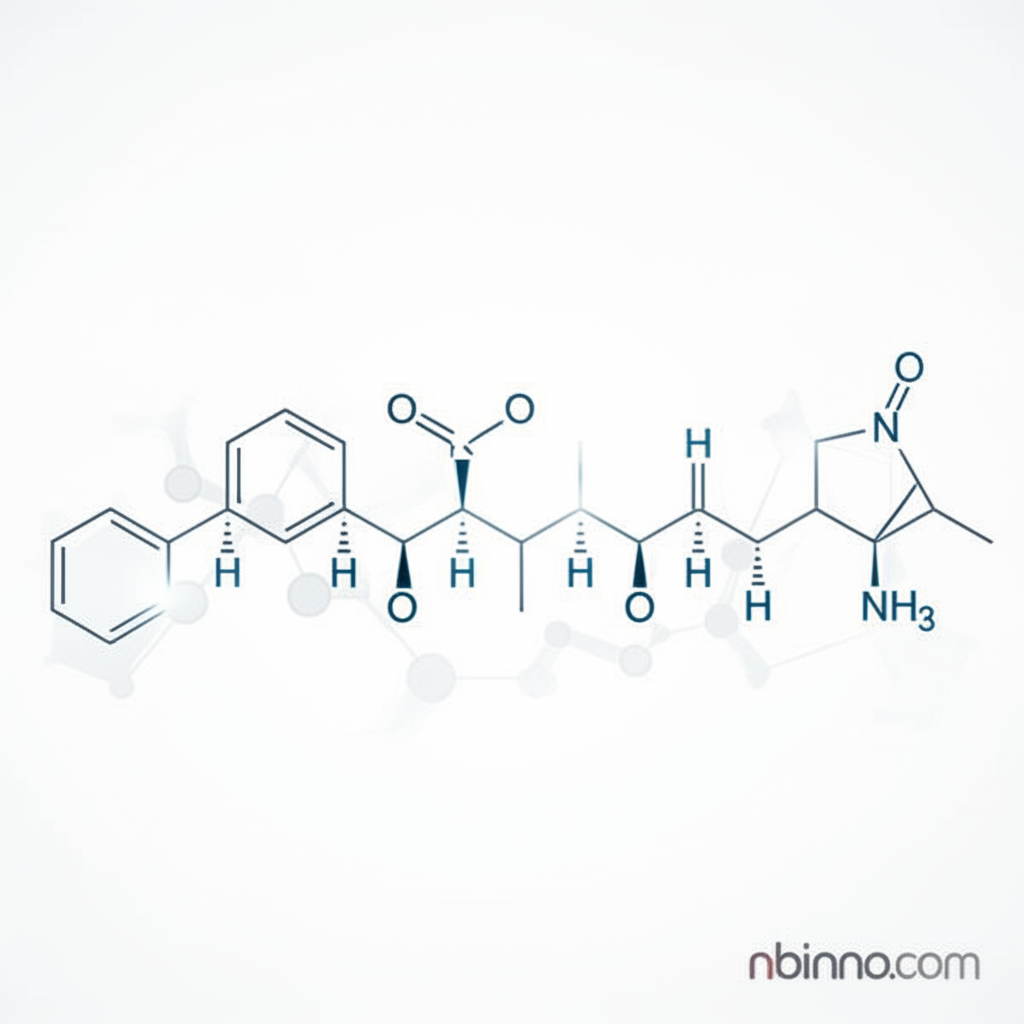Unlocking the Potential of Tris(2,4-dibromophenyl)amine
Explore the synthesis, properties, and diverse applications of this key organic intermediate for cutting-edge materials.
Get a Quote & SampleProduct Core Value

tris(2,4-dibromophenyl)amine
Tris(2,4-dibromophenyl)amine (CAS: 5489-72-5) is a highly valuable organic compound, primarily serving as a crucial intermediate in various chemical synthesis pathways. Its robust structure and high purity make it ideal for applications requiring precise molecular engineering and advanced material development. We offer this compound at competitive prices, ensuring accessibility for research and industrial needs.
- Discover the precise synthesis methods for tris(2,4-dibromophenyl)amine to ensure high purity.
- Investigate the diverse applications of brominated organic compounds in modern industries.
- Source high-purity organic compounds essential for your advanced material projects.
- Understand the benefits of using chemical synthesis intermediates in complex molecular structures.
Key Advantages Offered
Exceptional Purity
Our tris(2,4-dibromophenyl)amine boasts a purity of 95%+, a critical factor for reliable outcomes in advanced material development and chemical synthesis.
Versatile Chemical Intermediate
As a key building block, it enables the creation of complex molecules, supporting innovation in organic chemistry research and fine chemicals.
Stable and Reliable
The compound remains stable under normal temperature and pressure conditions, ensuring safe handling and consistent performance in your applications.
Key Applications
Organic Synthesis
This compound is essential for organic synthesis, providing a foundation for creating novel molecules with specific properties and functionalities.
Advanced Materials
Its unique structure makes it a promising precursor for developing advanced materials in fields like electronics and polymer science.
Chemical Intermediates
Utilized as a vital link in multi-step synthesis, it facilitates the production of a wide range of fine chemicals.
Research and Development
Researchers leverage its properties for exploring new chemical reactions and developing innovative compounds in laboratory settings.
